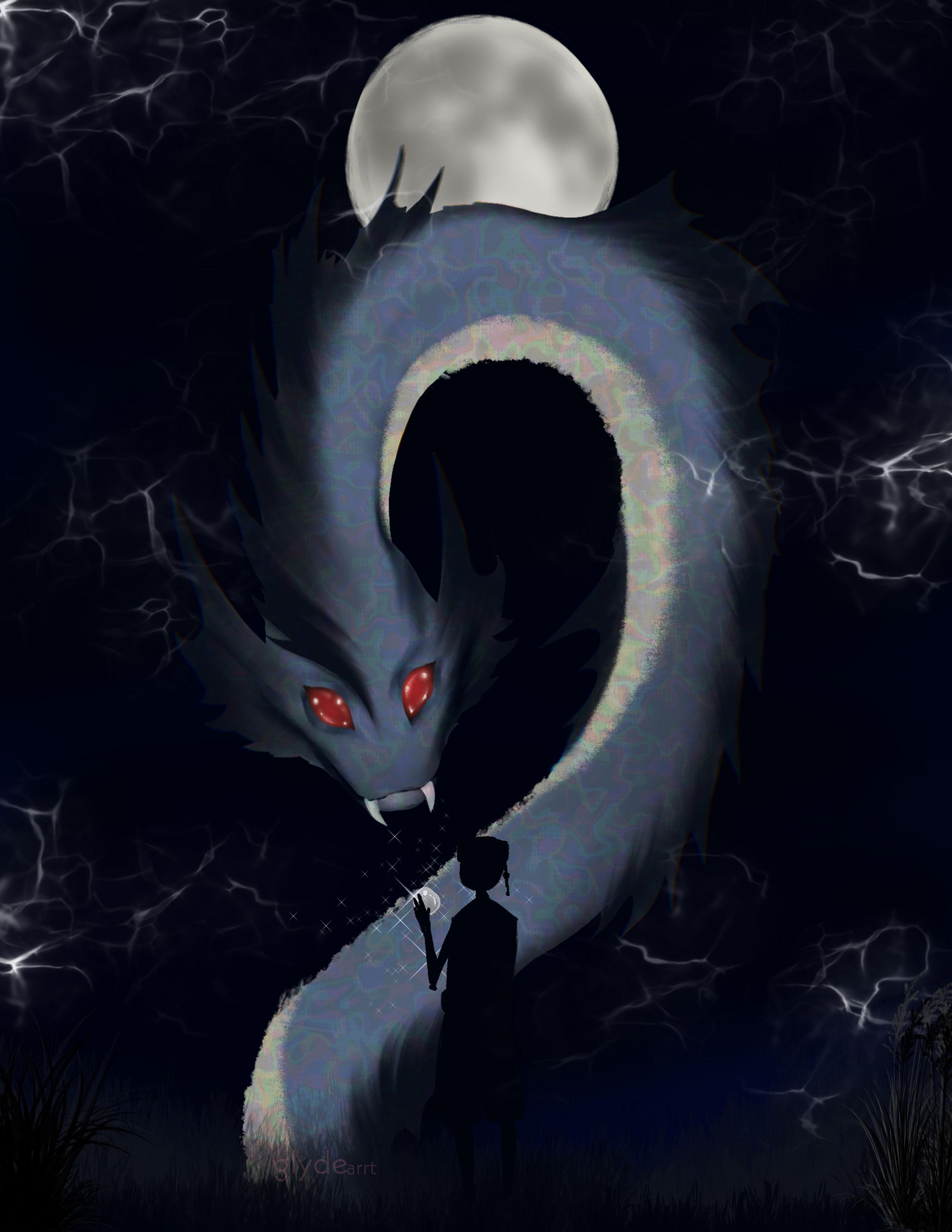
2 minute read
Folklore: The Controlling Power of Fear
There is nostalgia in childhood; the memory of the afternoon siestas that parents force upon their children, lest they lose the chance to visit their favorite toy store. Little kids may be forced to sleep early at night or else some fearful creature from under their beds takes them away, never to be seen again.
Parents inflict fear into their young to make them obey and avoid unwanted behaviors. When one feels afraid or threatened, a specific part of the brain is triggered and results in an emotional reaction. The amygdala involuntarily activates the flight-or-fight response, which then sends signals that release stress hormones to tell the body to either fight the stimulus or run away from it. Experiencing fear is a primitive human emotion that helps our body detect and protect ourselves from danger. However, some parents use fear as a manipulation to make their children behave accordingly.
Advertisement
Growing up in a typical Filipino home setting, fear-based parenting is commonly used to instill discipline within the household. Given the hyperactive imaginative nature of children, they are forced to close their eyes and sleep early, believing the monsters that their parents scare them with. Starring in these prominent scary bedtime stories are our Philippine mythological creatures.
Number one on the list is a creature with sharp claws, fierce eyes, and razor-like teeth; the Aswang makes children tremble as it feasts on human flesh especially during the night.
Children who live near huge trees develop fear towards the Kapre, a hairy giant beast that smokes tobacco from atop. When bothered, the Kapres are strong enough to crush a person’s body. Many testimonies have said that once you smell smoke but no one nearby has a lighted cigarette or tobacco, a Kapre is smoking near you, ready for the kill.
The Tikbalang is a bizarre beast known for its human torso and horse head and legs. Its appearance is so terrifying that anyone who sees it freezes in fear. Tikbalangs are said to have a preference for pretty and young ladies.
There are also malevolent creatures that use deception to prey on their victims like the Tiyanak and the Manananggal. The Tiyanak, also known as Impakto, is a vengeful creature acclaimed to be a fetus who died without being baptized. Other accounts say that they are actually demon offsprings. They deceive their victims by appearing to them as normal and vulnerable infants. When they earn the trust of their prey, they reveal their demonic face and attack them using their sharp teeth.
While Tiyanak conceals its demonic look by imitating the face of an innocent baby, the Manananggal during the day appears to be a beautiful lady living a normal life. But as the night comes, the Manananggal stretches out her bat-like wings and changes her look into some ferocious creature. The climactic part is she dismembers her upper body from her lower body. She is a blood sucking monster that usually preys on pregnant women.
The mentioned folklore indeed narrates how children may be conditioned to fear negative concepts ingrained overtime – a rather cruel but effective parental tactic. Rest assured that these children will grow out of their childish fears, so long as they are not reinforced frequently and deliberately. Inflicting fear to children is normal as long as it is not excessive to the point where it becomes a phobia. After all, it is better for a child to obey using free will than fear.










